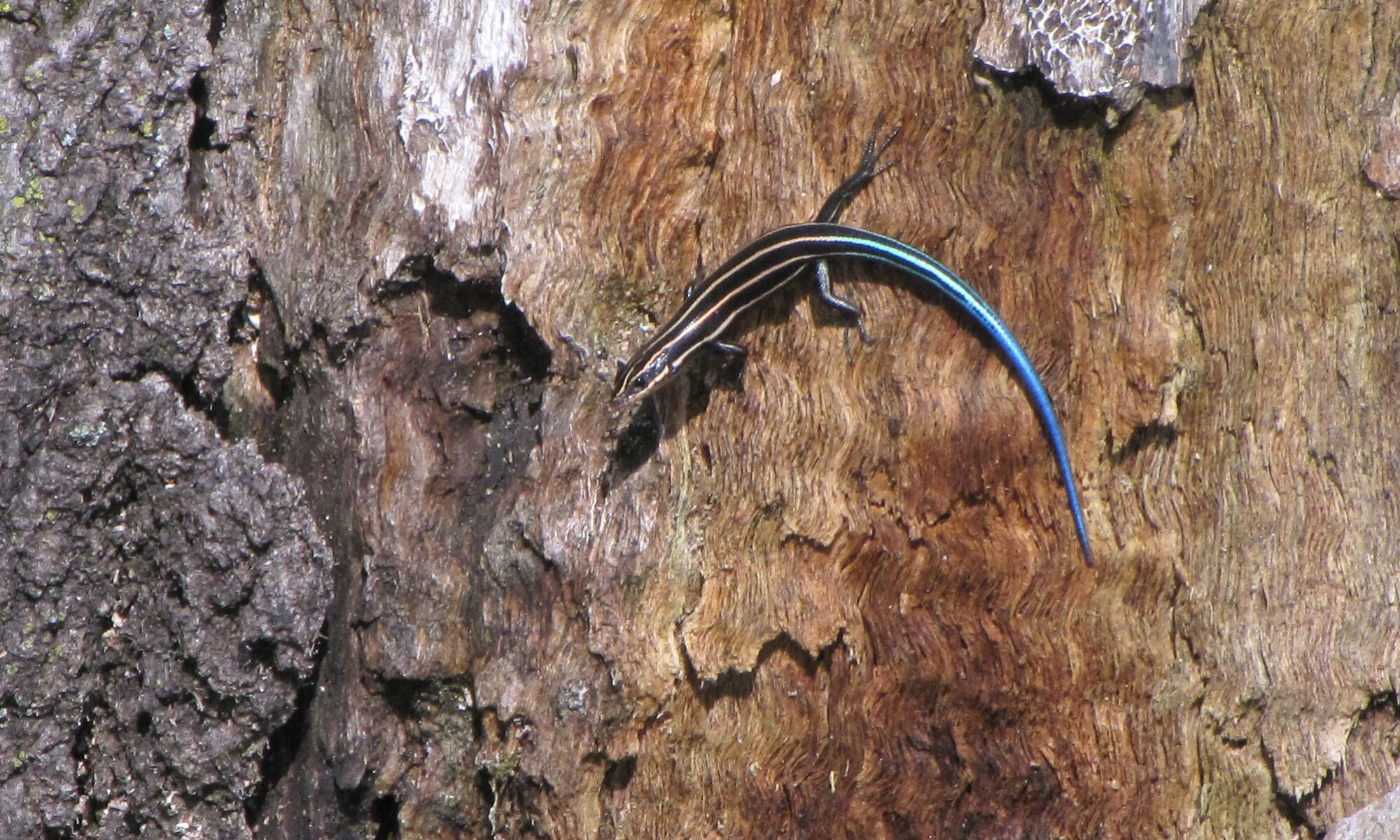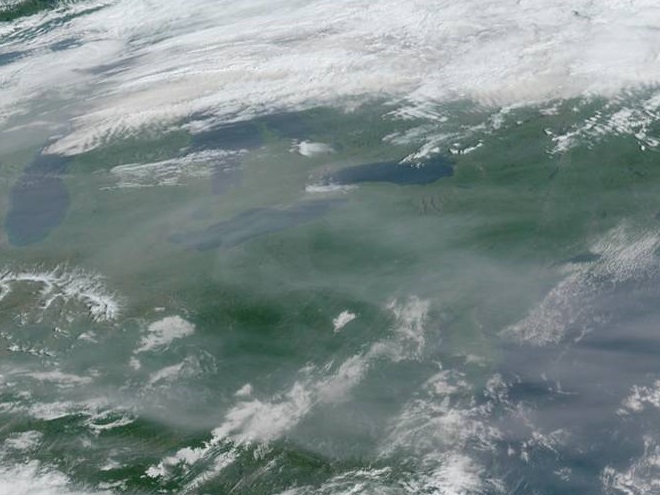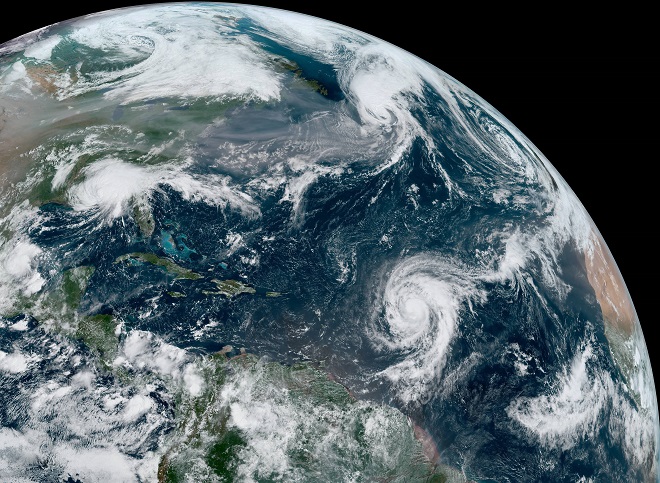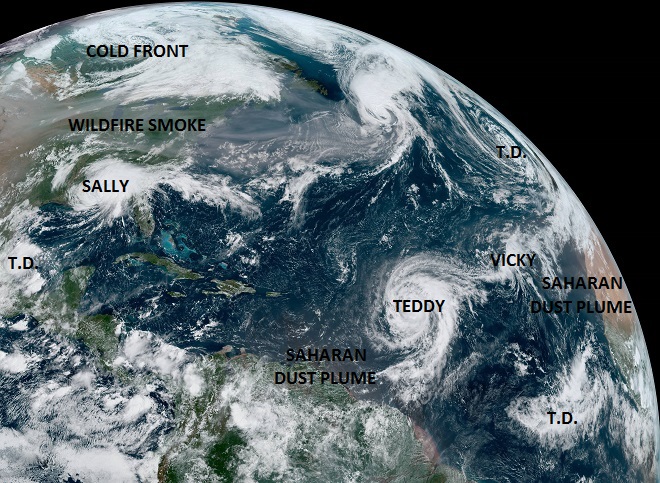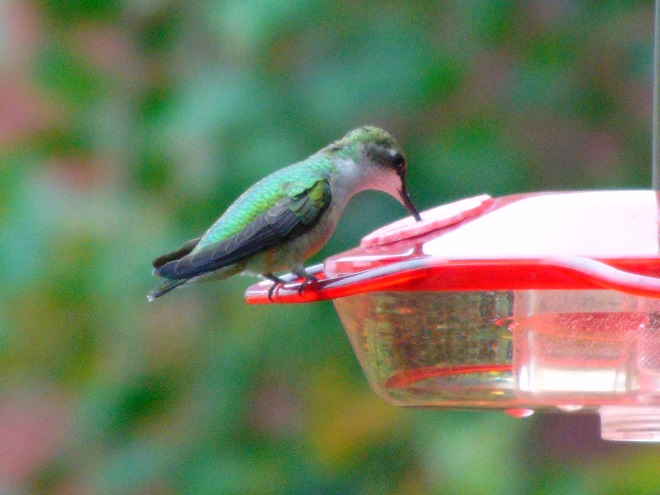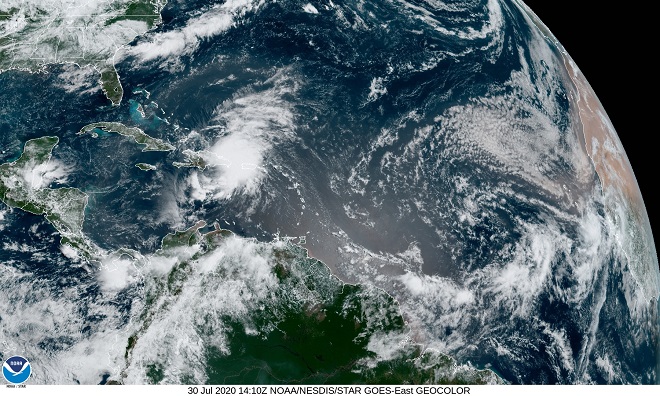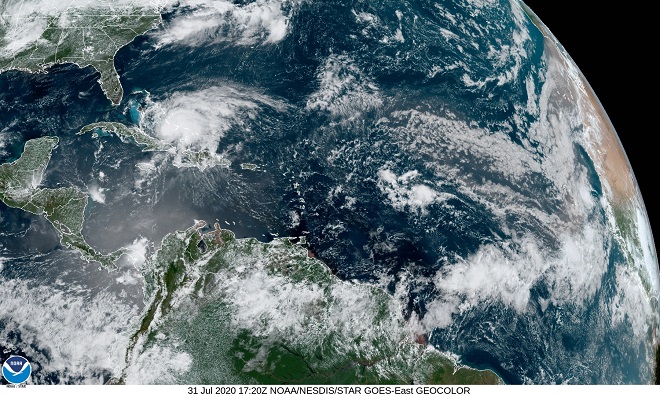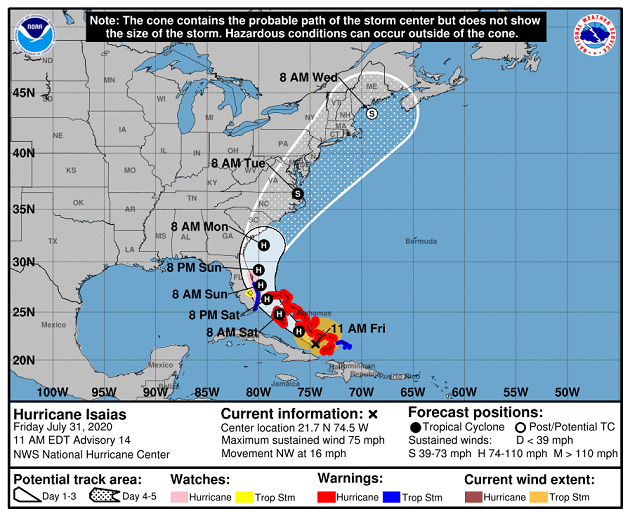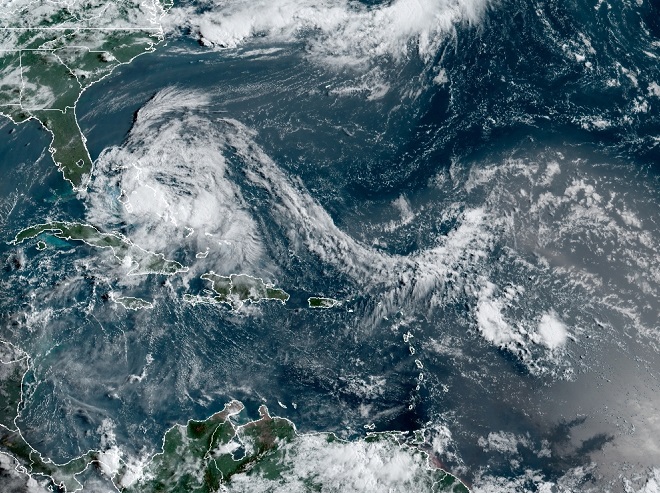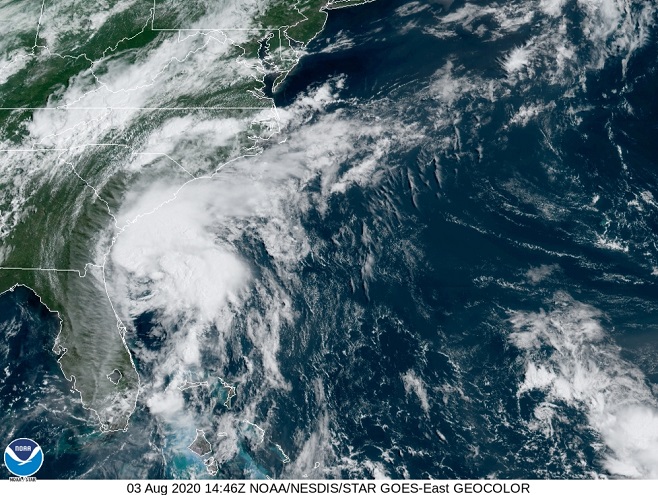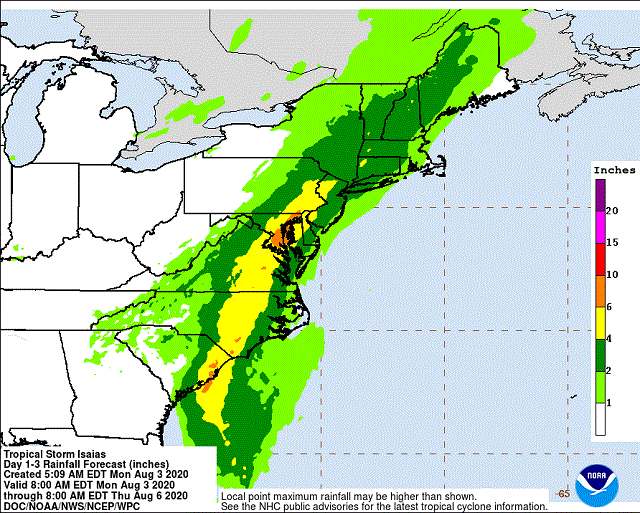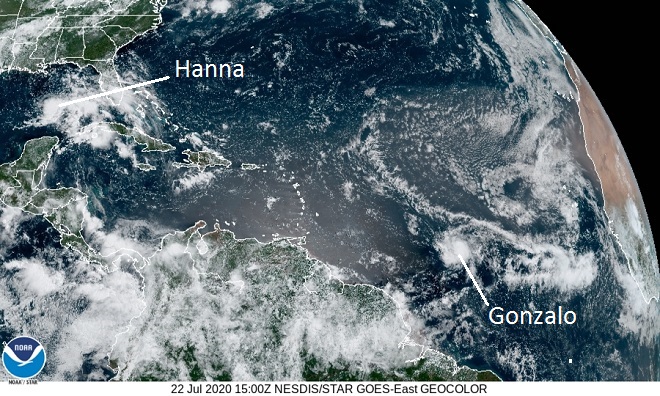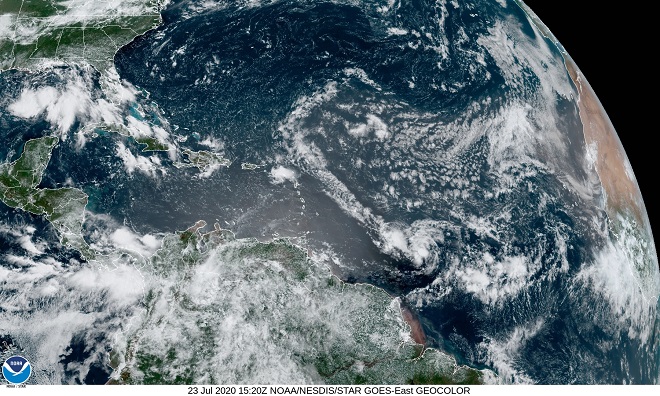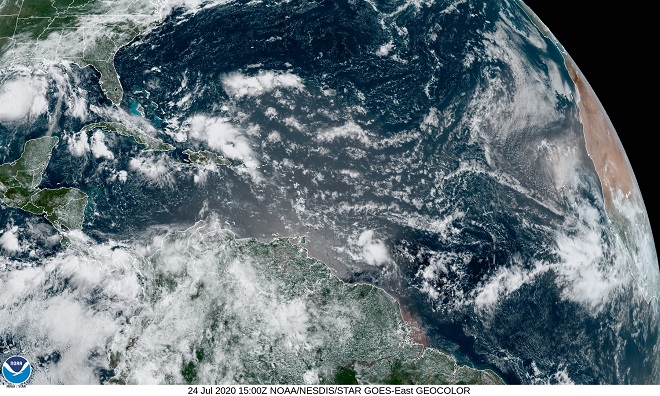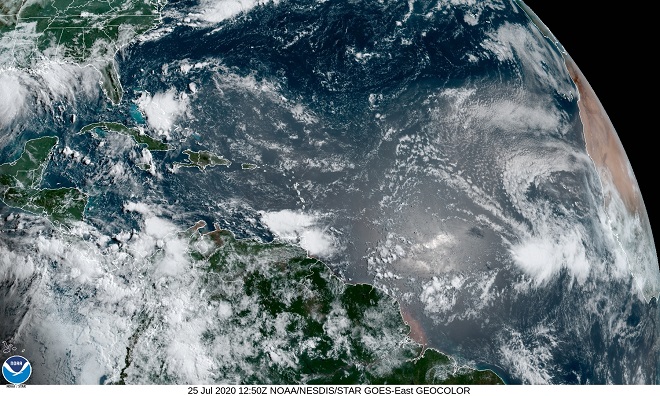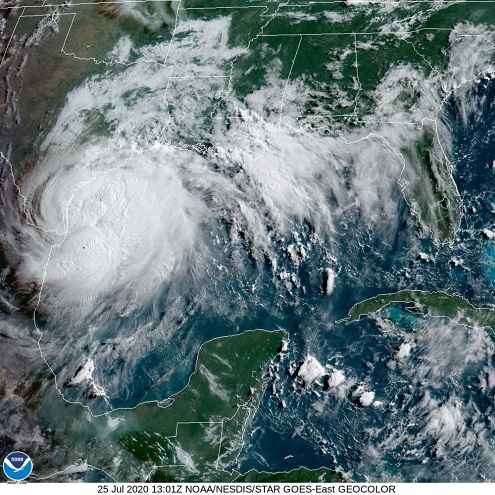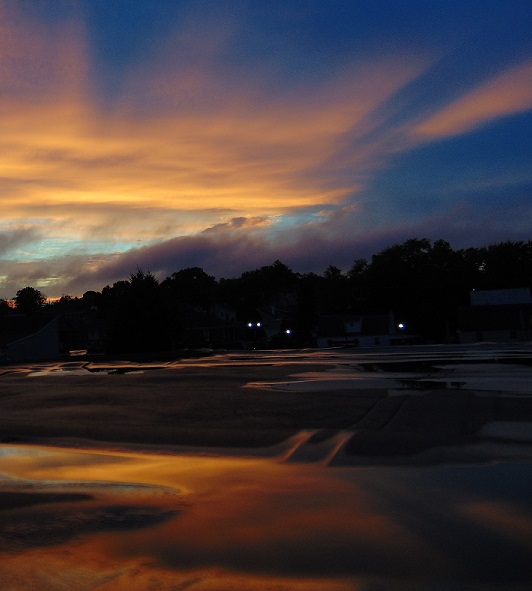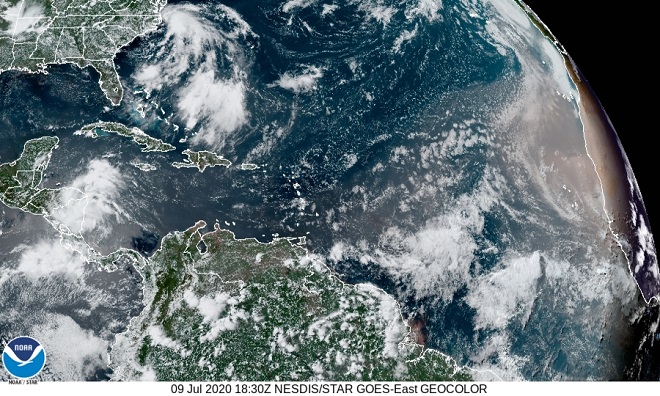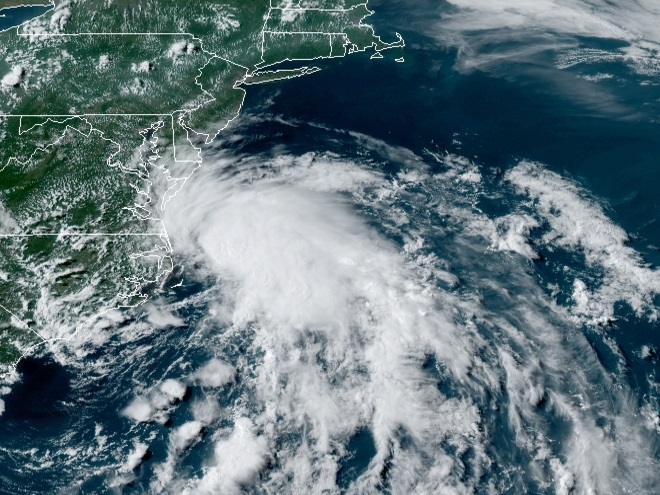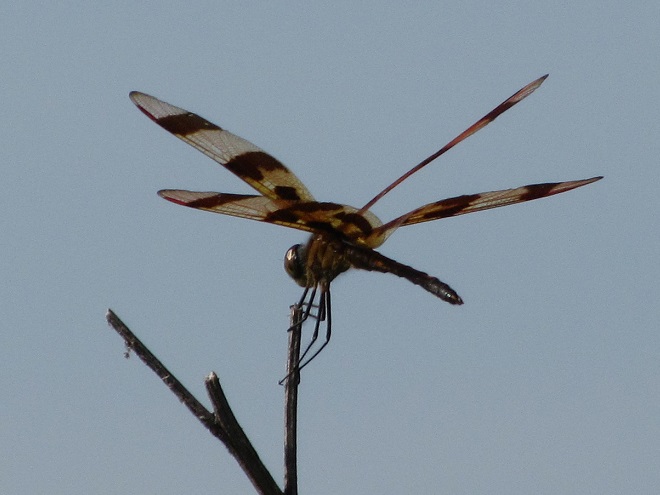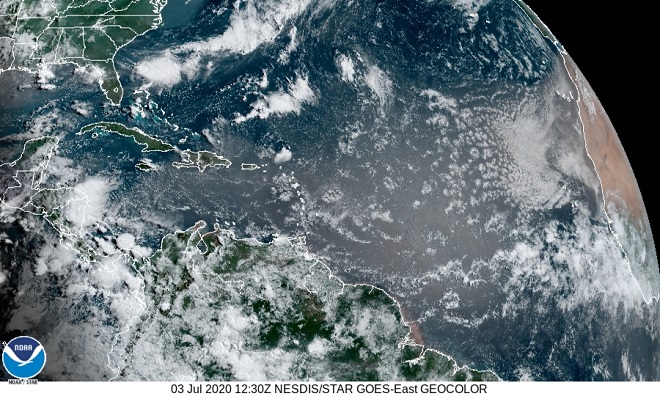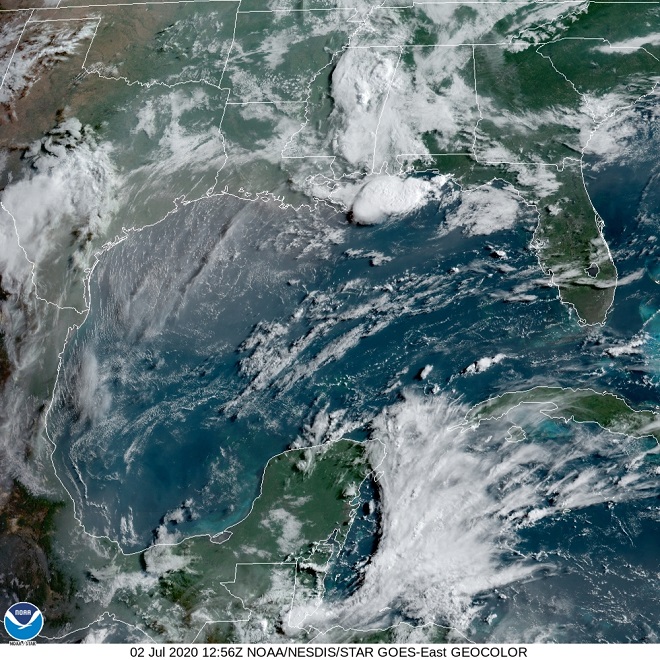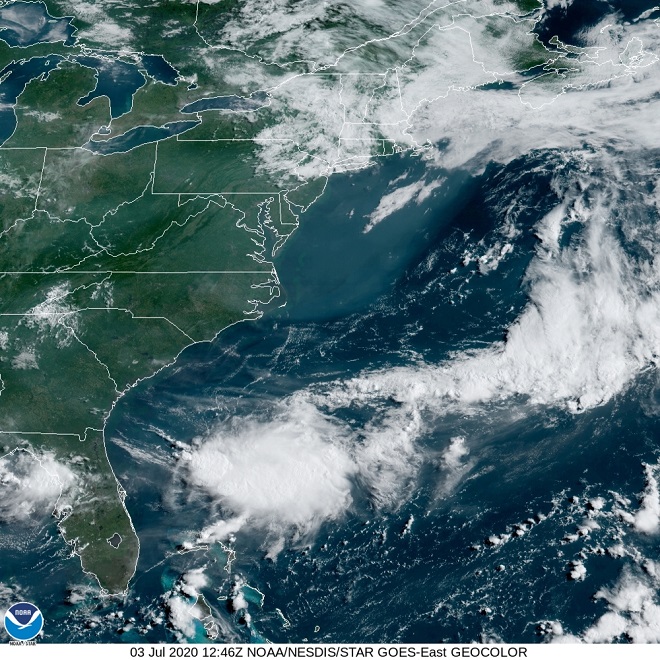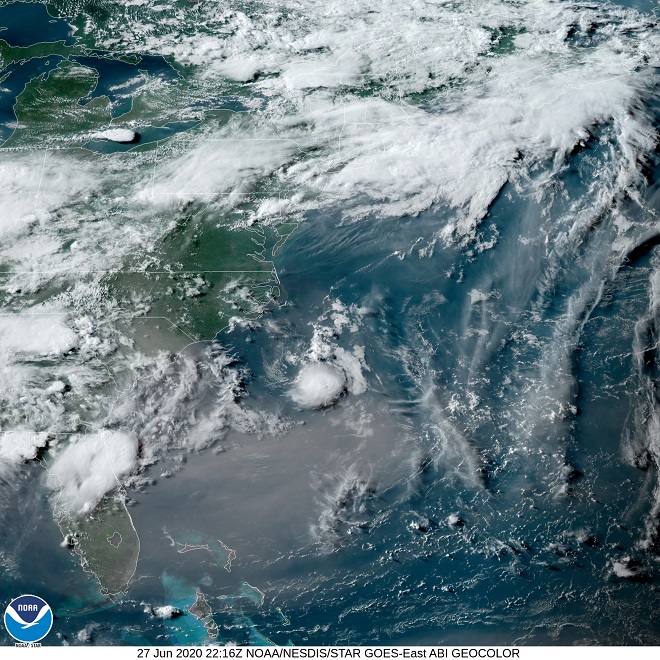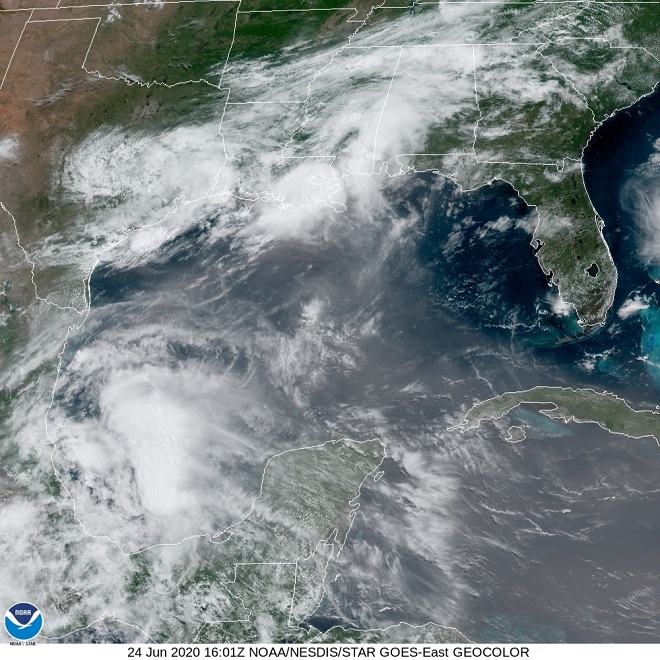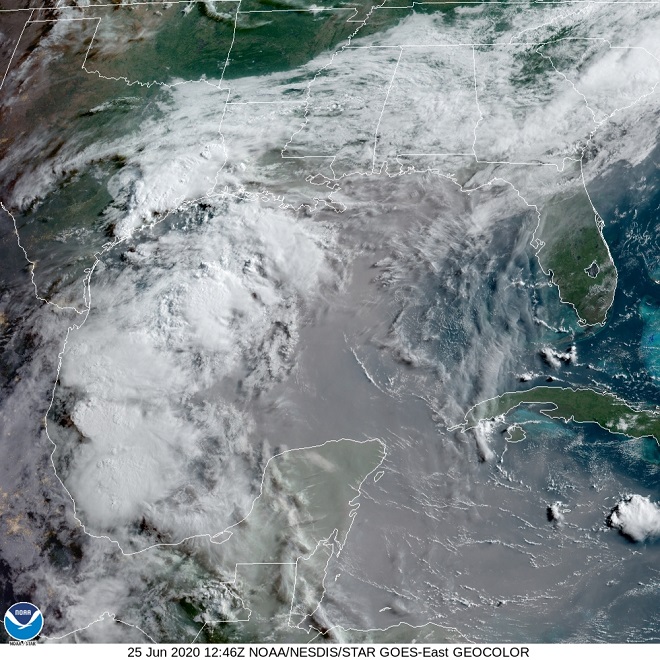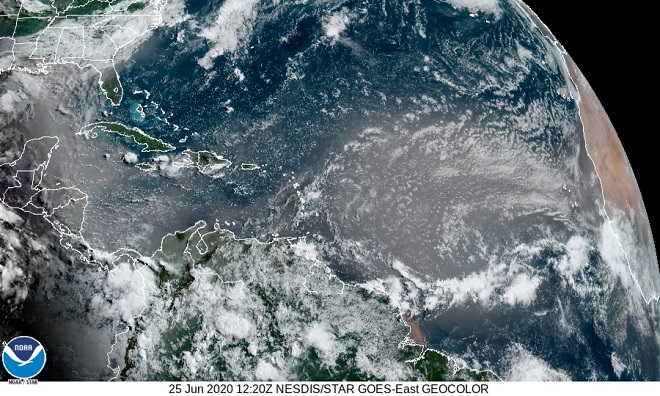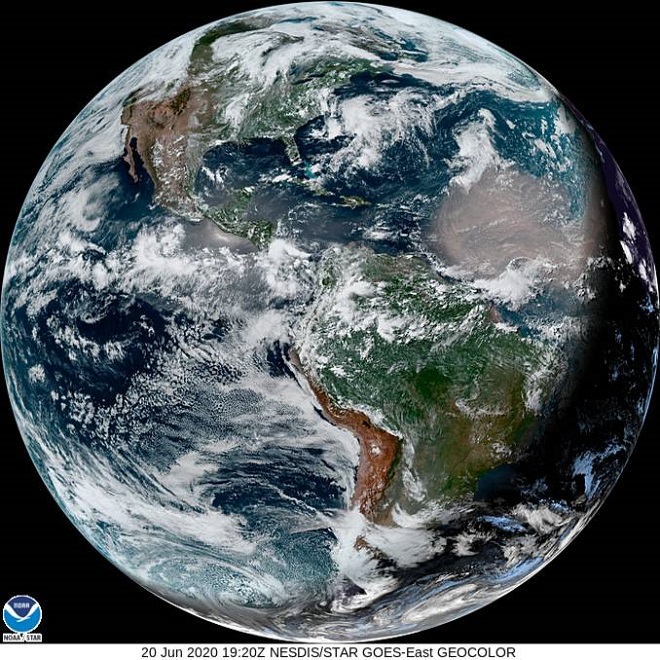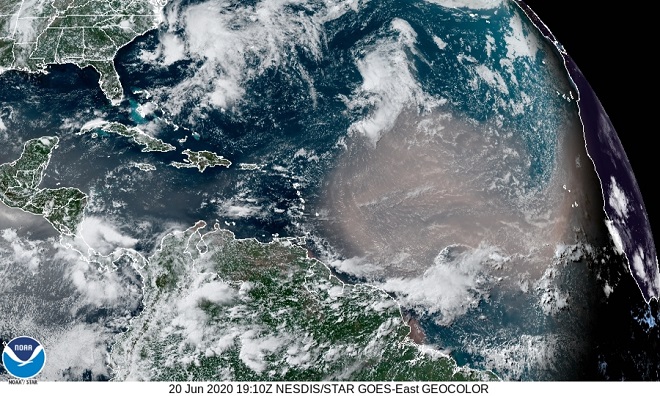The gasoline and gunpowder gang’s biggest holiday of the year has arrived yet again. Where does all the time go?
In observance of this festive occasion, we’ve decided to take a look at all the stuff that’s floating around in the atmosphere before all the motor travel, celebratory fires, and exciting explosions get underway.
We’ll start with the smoke from wildfires in Canada…
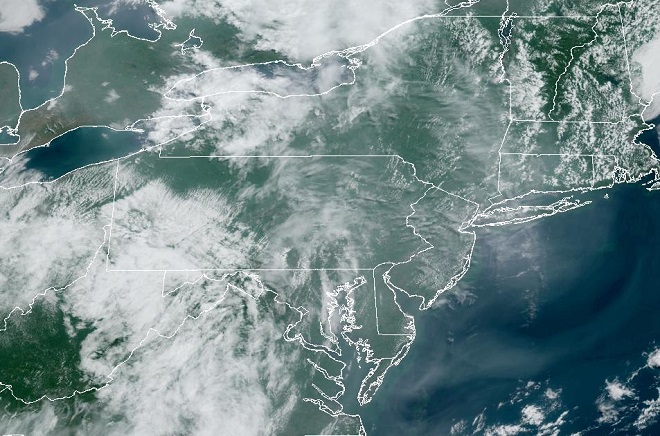
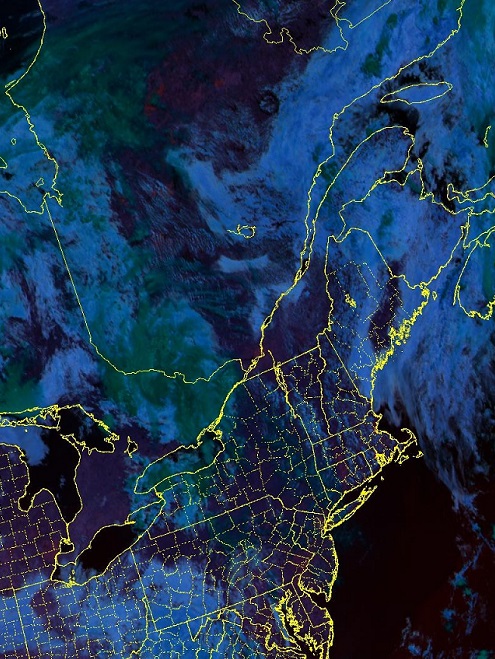
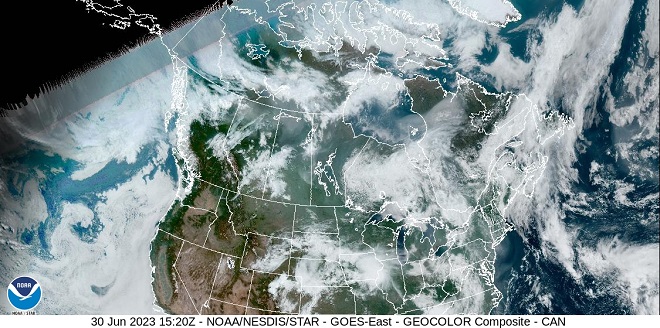
If you think that smoke accounts for all the particulate matter now obscuring skies in the northern half of the western hemisphere, then have a gander at this…
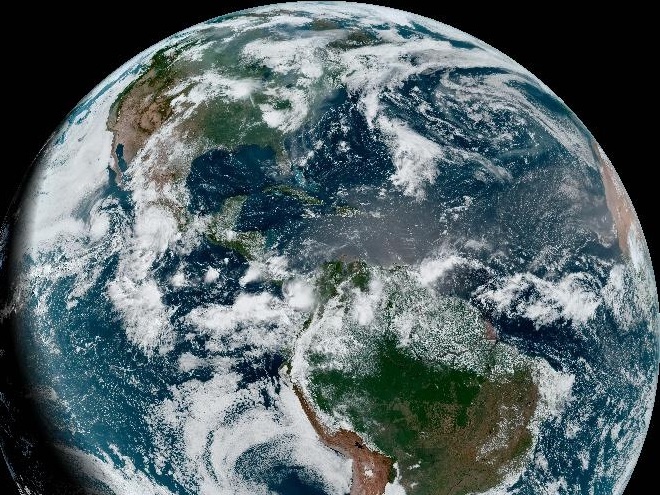
As you can see, natural processes are currently providing a plentiful load of particulates in our skies. There’s no real need to aggravate yourself and the situation by sitting in traffic or burning your groceries on the barbecue. And you can let those cult-like homeowner chores for later. After all, running the mower, whacker, and blower will only add to the airborne pollutants. While celebrating this Fourth of July, why risk mangling fingers on your throwing hand or catching the neighbor’s house on fire when you could just relax and quietly eat ice cream or watermelon? Yeah, that’s more like it.
